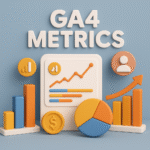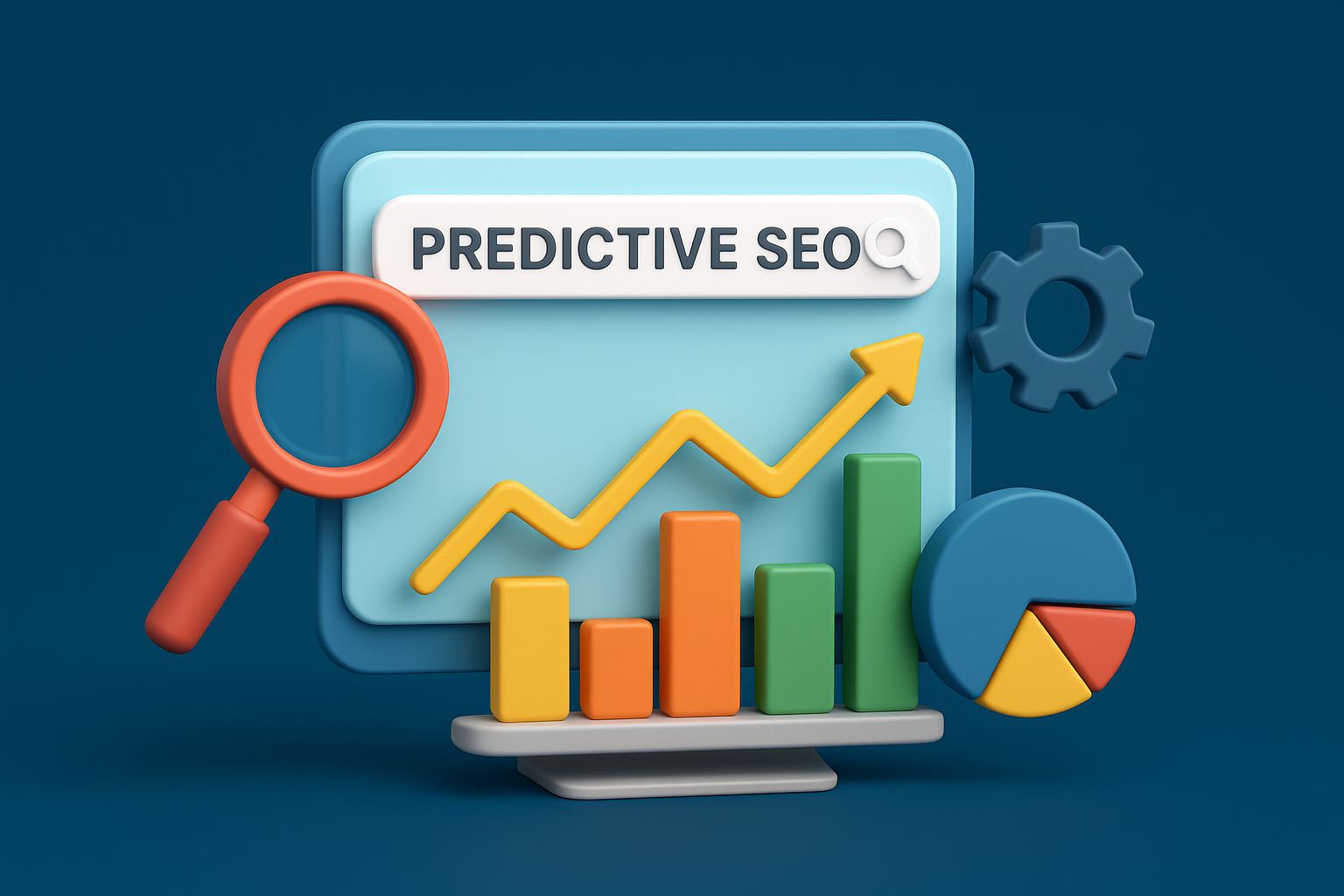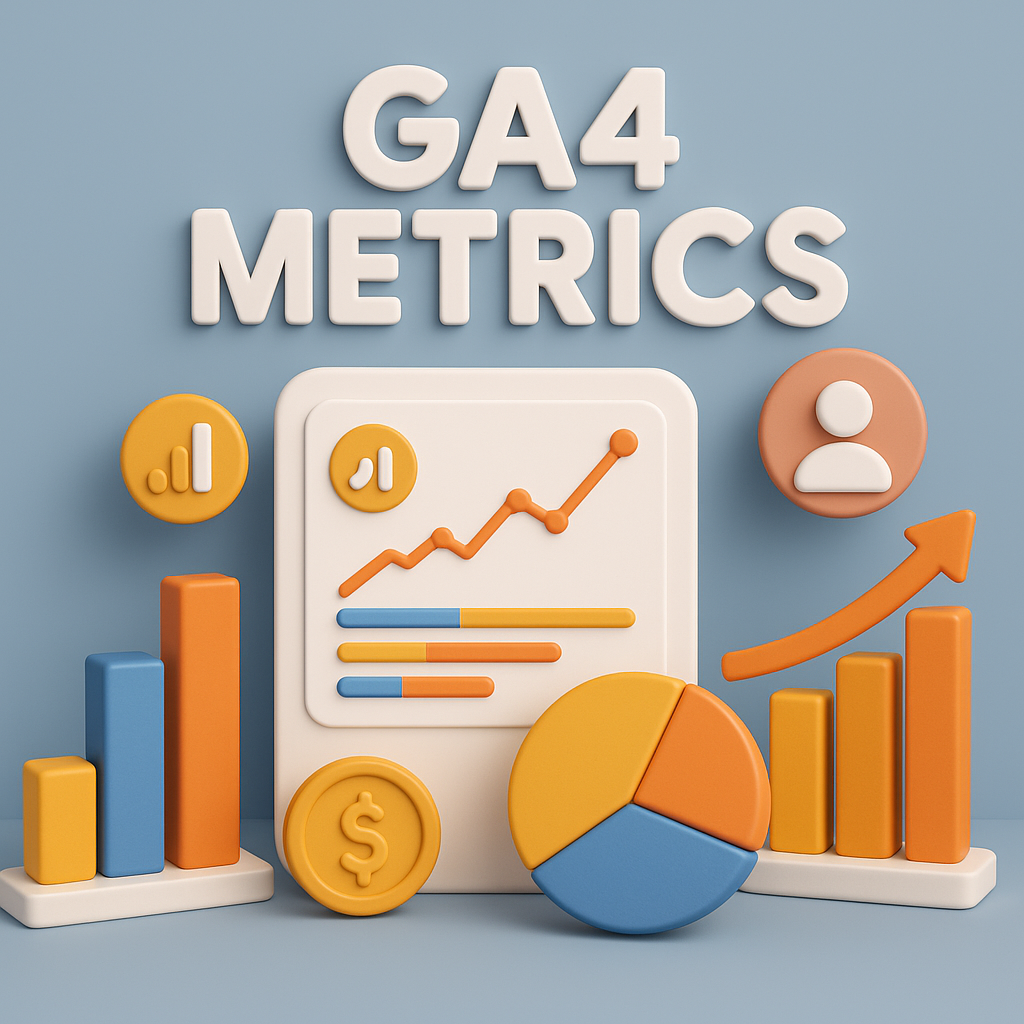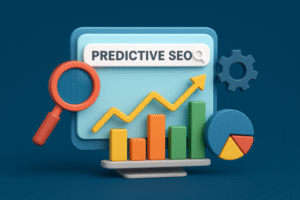

Bounce Rate for Better Website Performance
Bounce rate is one of the most talked-about metrics in website analytics. Yet, many website owners and marketers still struggle to fully grasp what it means, why it matters, and how to reduce it effectively. In this comprehensive guide, we’ll break down what is bounce rate, its impact on SEO, and provide actionable tips to improve your site’s performance.
Table of Contents
ToggleWhat Is Bounce Rate?
Bounce rate refers to the percentage of visitors who land on a page of your website and leave without taking any further action—such as clicking on a link, filling out a form, or navigating to another page. In simpler terms, it tracks website user behavior and indicates how engaging or relevant your content is to your audience.
For example, if your homepage receives 1,000 visitors and 600 of them leave without exploring further, your bounce rate is 60%.
Bounce Rate in SEO
Search engines like Google consider bounce rate as a behavioral signal. A high bounce rate may suggest that users are not finding what they expected on your site. While it’s not a direct ranking factor, it can indirectly affect your SEO performance through poor user engagement.
When users bounce quickly, it sends a signal that your content might not be meeting their intent. This can lead to lower rankings, especially if other metrics like time on site or conversion rates are also weak.
Bounce Rate vs Exits: What’s the Difference?
A common misconception is equating bounce rate vs exits. While both relate to users leaving your site, they are not the same. Bounce rate only applies to single-page sessions, whereas exit rate refers to the percentage of users who leave from a specific page—regardless of how many pages they visited before.
For example:
- If a user visits one page and leaves, it’s a bounce.
- If a user visits three pages and leaves from the third, it’s an exit—but not a bounce.
Understanding this distinction is crucial when performing bounce rate analysis and trying to optimize specific landing pages.
High Bounce Rate: Is It Always Bad?
Not necessarily. A high bounce rate can be acceptable in some contexts. For instance:
- A blog post that answers a specific question.
- A contact page where users get the phone number they need.
- A landing page that leads to external purchases or downloads.
However, in most cases—especially for e-commerce or service-based websites—a high bounce rate can hurt conversions and should be addressed.
Understanding Website Bounce Rate Benchmarks
So, what’s a good bounce rate? Here’s a rough benchmark by website type:
- E-commerce: 20–40%
- B2B websites: 25–55%
- Content websites/blogs: 40–60%
- Landing pages: 70–90%
If your website is consistently performing above these averages, it’s time to explore how to reduce bounce rate and improve engagement.
Why Bounce Rate Is Important
Understanding why bounce rate is important goes beyond vanity metrics. It directly ties into user satisfaction, SEO, and conversions. A high bounce rate means your site may be:
- Slow to load
- Poorly designed for mobile
- Lacking engaging content
- Misaligned with search intent
Each of these issues can impact how users interact with your site and whether they choose to come back.
Improve Bounce Rate Strategies
Now that you know the importance, let’s dive into proven improve bounce rate strategies:
1. Improve Page Load Speed
Users expect a website to load in under 3 seconds. Use tools like Google PageSpeed Insights or GTmetrix to identify speed issues.
2. Enhance Mobile Responsiveness
A poor mobile experience drives users away. Make sure your design adapts well to all screen sizes.
3. Use Clear CTAs
Guide visitors to take the next step with prominent and well-placed calls to action.
4. Create Better Content
Content must match the user’s search intent. Use the right long-tail keywords like how to fix high bounce rate or SEO tips to lower bounce rate to address specific queries.
5. Internal Linking
Link to related blog posts or services to encourage deeper navigation and reduce the likelihood of a bounce.
Bounce Rate Analysis: Diagnosing the Problem
Performing a thorough bounce rate analysis helps pinpoint where things are going wrong. Use Google Analytics to:
- Identify pages with high bounce rates
- Check traffic sources
- Compare new vs. returning visitors
- Track average time on site
From there, you can isolate weak-performing pages and apply targeted improvements.
Bounce Rate Optimization Techniques
Here are some effective bounce rate optimization techniques to try:
- Add multimedia: Images, videos, and infographics keep users engaged longer.
- Use A/B testing: Try different headlines, CTAs, or layouts to see what performs best.
- Improve readability: Break up text with bullet points, subheadings, and short paragraphs.
- Add trust elements: Testimonials, case studies, and security badges build credibility.
These tactics not only help lower bounce rates but also boost overall user satisfaction and conversions.
How to Fix High Bounce Rate: A Step-by-Step Guide
- Audit existing content: Is it valuable and aligned with user intent?
- Check technical issues: Are there broken links or slow-loading pages?
- Optimize for keywords: Ensure content targets relevant terms like best ways to reduce bounce rate.
- Revamp design and UX: A cluttered interface can drive users away.
- Engage through personalization: Use dynamic content or chatbots to keep users interested.
Learning how to fix high bounce rate requires ongoing monitoring and testing—but the payoff is worth it.
Best Ways to Reduce Bounce Rate in 2024
As algorithms evolve, so do best practices. Here are the best ways to reduce bounce rate in today’s digital landscape:
- Leverage AI chatbots to guide users
- Use exit-intent popups with value offers
- Add interactive elements like quizzes or polls
- Provide downloadable resources
- Implement schema markup for rich results
Each of these enhancements helps users stay longer and interact more with your content.
SEO Tips to Lower Bounce Rate
Finally, here are some actionable SEO tips to lower bounce rate:
- Target relevant keywords and match content with intent
- Optimize meta titles and descriptions to set correct expectations
- Use breadcrumbs and structured navigation
- Improve page experience (Core Web Vitals)
- Write engaging intros that hook readers immediately
Conclusion
Reducing your bounce rate is not just about fixing one issue—it’s about creating a better overall user experience. By understanding your audience, analyzing behavior, and applying these bounce rate optimization techniques, you can turn more visitors into loyal followers or paying customers. Whether you’re trying to understand website bounce rate, perform bounce rate analysis, or just looking for how to reduce bounce rate, the strategies above will put you on the right path to success.






















Post Comment